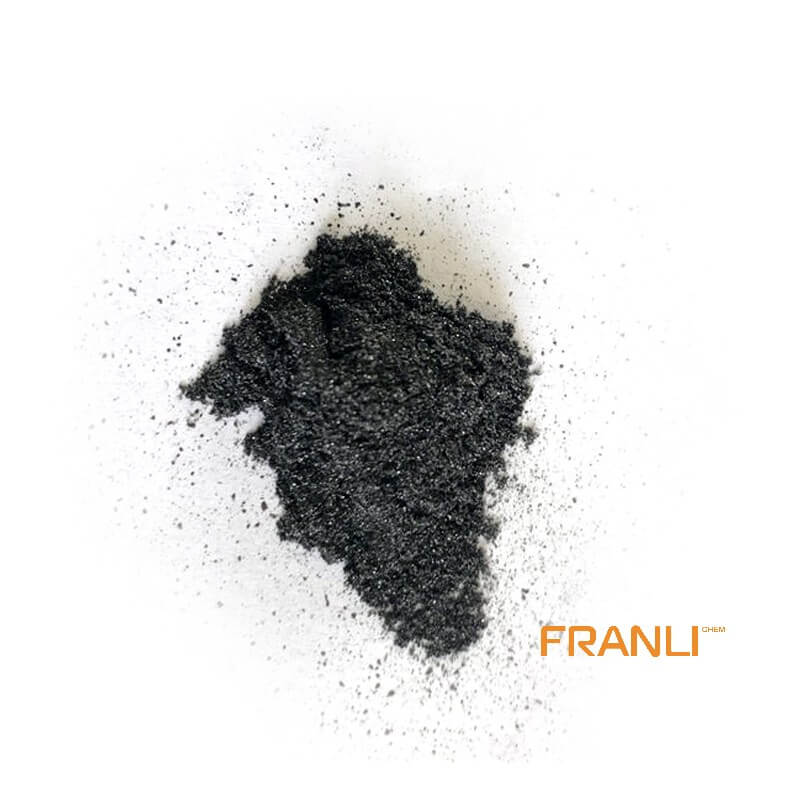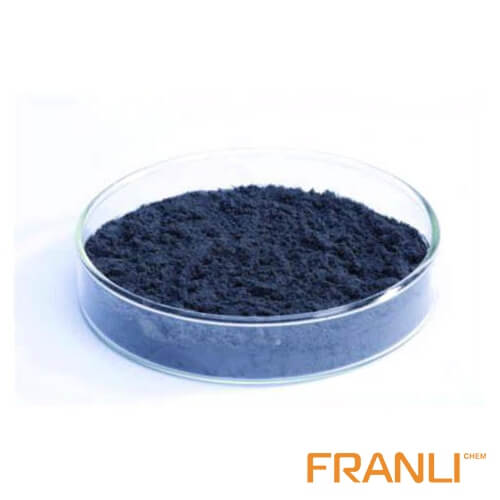


Expandable Graphite
Size
0.50mm or 0.106mm, etc
Package
25 kg small bags into ton bags
Origin
China
Features
Preservative/Electrical and thermal conductivity, etc.
Application
Fireproof sealing element, flame retardant, refractory brick, etc.
Expandable graphite crystal is a typical layered carbon material. Other heterogeneous particles such as atoms, molecules, ions, and even atomic clusters are inserted into the interlayer of crystalline graphite by physical or chemical methods to form a new layered compound, which is called graphite interlayer compound, namely expandable graphite.
Request a quote
There are many applications of expandable graphite in daily life. Next, let’s take a look at the specific role of expandable graphite in the field of flame retardant and fire protection.
1. Fireproof sealing strip
Due to its expansibility, high-temperature resistance, and thermal insulation, expandable graphite has become an excellent sealing material and is widely used. At present, there are mainly two forms: the first one is to mix expandable graphite with rubber material, inorganic flame retardant (aluminum hydroxide), accelerator, vulcanizing agent, reinforcing agent, etc. to make various specifications of expansion sealing strip. Mainly used for fire doors, fire glass windows, and other occasions. This kind of sealing strip has the function of blocking smoke flow from beginning to end in fire. The other is to use glass fiber as the carrier and some adhesive to bond the expandable graphite on the carrier, which is mainly used in the manufacture of fire doors.

2. Fireproof bag, fireproof blocking material, and fireproof ring
Because of the high expansion rate of expandable graphite at high temperatures, it can be used as an effective intumescent flame retardant material to make fire-proof packages and fire-proof plugging material. Such as sealing construction pipelines, in the case of cable, gas pipeline fires to prevent the spread of fire.
3. Fireproof board
Due to its low density and stable crystal, expandable graphite is often used in the mixture of the fire-proof boards, in order to increase the fire-proof performance of the board, reduce the density of the board and enhance the heat insulation performance. Expanded graphite is often developed into thin sheets. This material can be used to make walls and other combustible base materials of the flame retardant panels. In this use, fine natural flake graphite particles can be used as the initial raw material to directly press into the board. In the case of fire, fine graphite particles can expand to form a dense fire barrier layer.

4. Flame retardant coating
In recent years, expandable graphite is trying to be used in flame retardant coatings, which can give coatings excellent thermal expansion. The United States recently proposed a flame retardant coating composed of fiber-reinforced materials, expandable graphite, solid heat-absorbing materials, polymer binder, etc., which can be used for the gutter coating of fiberboard and wood board. The coating overcomes the shortcomings of the previous coatings which are easy to produce smoke. In a fire, it can expand rapidly to form a light carbon layer and release less toxic gases (such as SO2, no, etc.). It can effectively protect the base material from fire. However, the black surface of graphite limits its application. The focus of this research is to change the color of coatings by surface modification, increase the color variety of coatings, and make the color acceptable to the public.
5. Flame retardant plastics
The expanded carbon layer formed by expandable graphite carbon has excellent heat insulation performance and high-temperature resistance. Expandable graphite is the only one that can be used in harsh conditions and has enough expansion strength. The application of expandable graphite in flame retardant plastics mainly utilizes the expansibility and thermal insulation of expandable graphite. For example, the expansion of graphite sheets in polyurethane foam can prevent combustion and reduce fire and also play an important role in thermal insulation.



